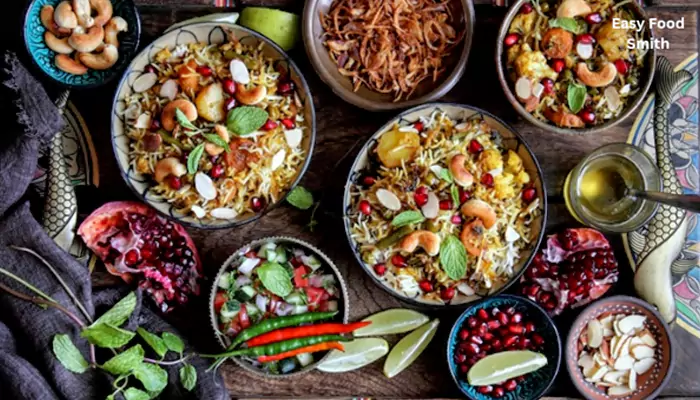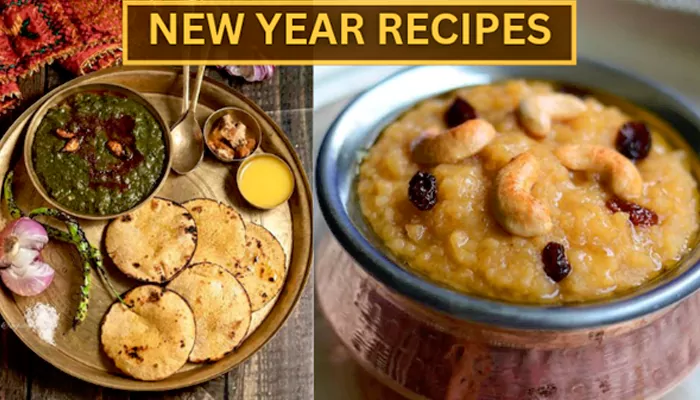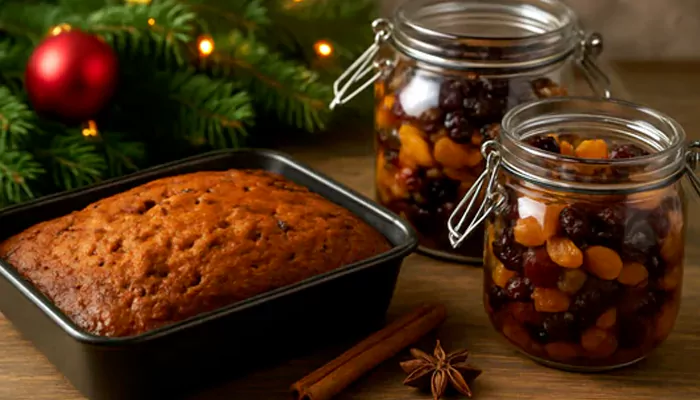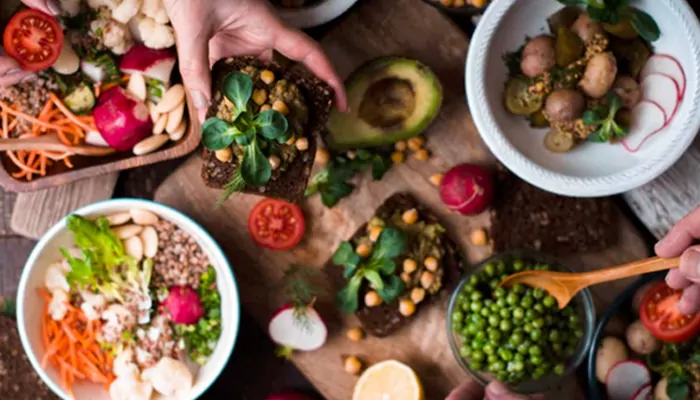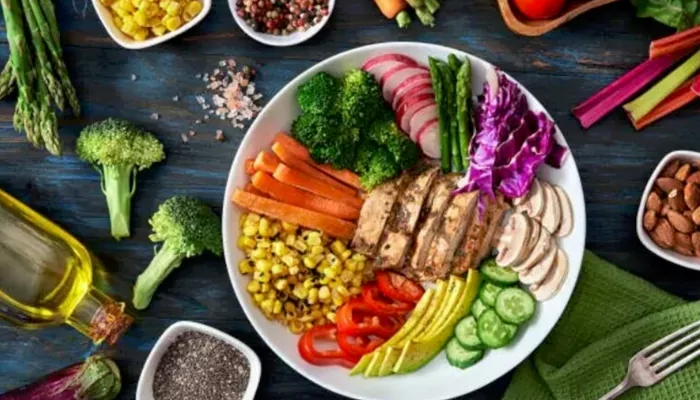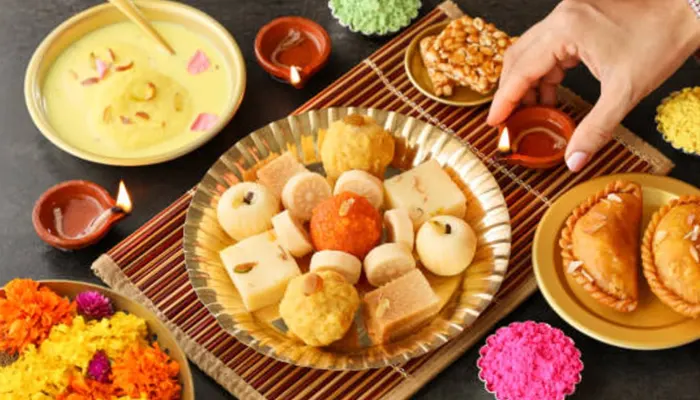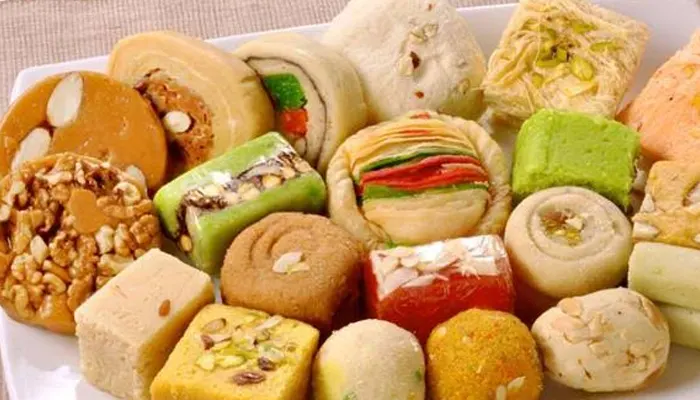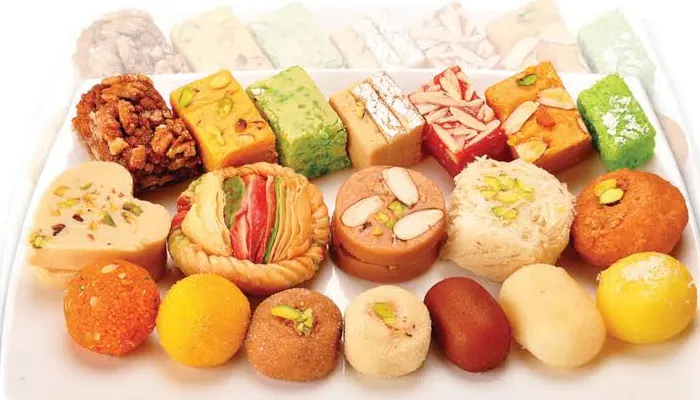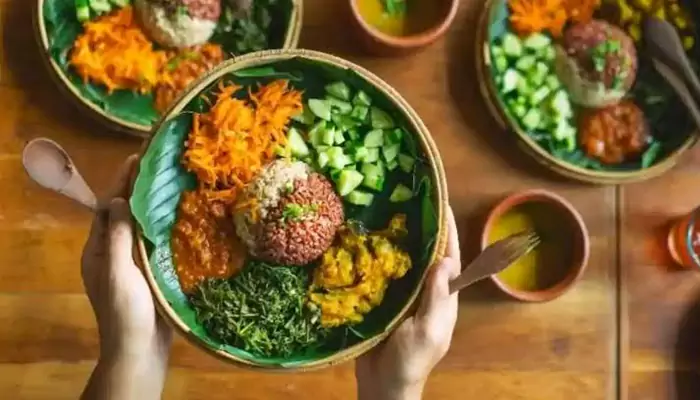
Make your food look the best with these helpful tips
Photographing food is more than clicking a shot from overhead. It is a sense – how to plate, how to use light efficiently, choosing the best angles, to name a few. Of course, professional food photographers do more than just tap the camera shutters. When it comes to food photography, the appeal is in the visual. So everything matters – from the dish you choose, to the complimentary setting, plating, lighting, props, to post processing editing to make your food really shine.
If you want to take your food photos to another level, here are some useful tips to elevate your game.
Microwaved cotton ball for lingering smoke
Perfect steaming shots doesn’t happen because steam dissipated quickly. To create a lingering steam effect, soak a cotton ball in water, microwave it for 10-30 seconds, and place it behind your food or props. This gives visible steam for the appearance of fresh cooked food.
Side lighting over overhead lighting
Lighting from the side is a game-changer in food photography. Side lighting highlights the textures and details of your dish, creating depth and dimension. Position your light source at a 45-degree angle to the food to accentuate its natural contours and shadows. This approach adds a professional touch, making your food look more appealing and dynamic.
Put a bowl underneath soup or rice
When photographing dishes like soup or rice, place a bowl underneath to catch any spills or drips. This gives a fluffed up look and don’t need much food to cover up.
Want more foam? Use dish soap
A fresh brewed cup of coffee has to be photographed? But while you set your camera the foam is gone? No worries. Just use dish soap for the foam. Now you have more time for your shots and can add more dish soap if you need it. Just don’t drink it later.
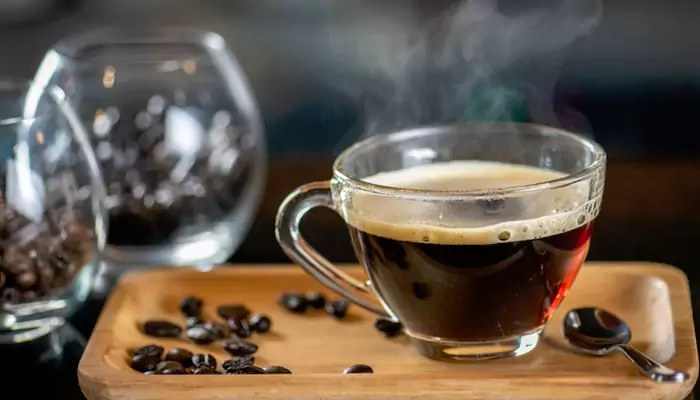
Use a Tripod
Even the steadiest of hands can shake. Tripods are so much better. It eliminates camera shake, so you can focus on adjusting your props, lighting, and composition without losing the perfect shot.
Match props to the theme
Choosing the right props enhances your food presentation. Use natural materials like wooden or stone tableware for rustic dishes such as salads or stews. For colorful desserts or milkshakes, opt for simple, clean props to keep the focus on the food.
Use a clean cloth for spills
To keep your food photography looking pristine, use a clean cloth to wipe away any spills or crumbs from around the dish. This step ensures that the focus remains on the food and that your images look polished and professional.
Water down dark drinks
Hear me out. To enhance beverages like red wine or cola, add up to 50% water. This trick lets more light pass through the liquid, making the drink appear vibrant and emphasis on the drink.
Edit with Care
Post-processing is where your food photos can really shine. Use editing software to adjust brightness, contrast, and saturation to make your dishes look more appetizing. Be careful not to over-edit; subtle adjustments are often enough to enhance your images while keeping them looking natural.
Play with shadows and highlights
Use editing tools to enhance shadows and highlights, giving your photos more depth and dimension. Properly balanced shadows and highlights can make textures pop and add visual interest to your dishes.
All about the saturation
Think the food looks too bland? Turn up the saturation while editing. It increases the vivid colours when done right and makes the food look so appealing to eat.

